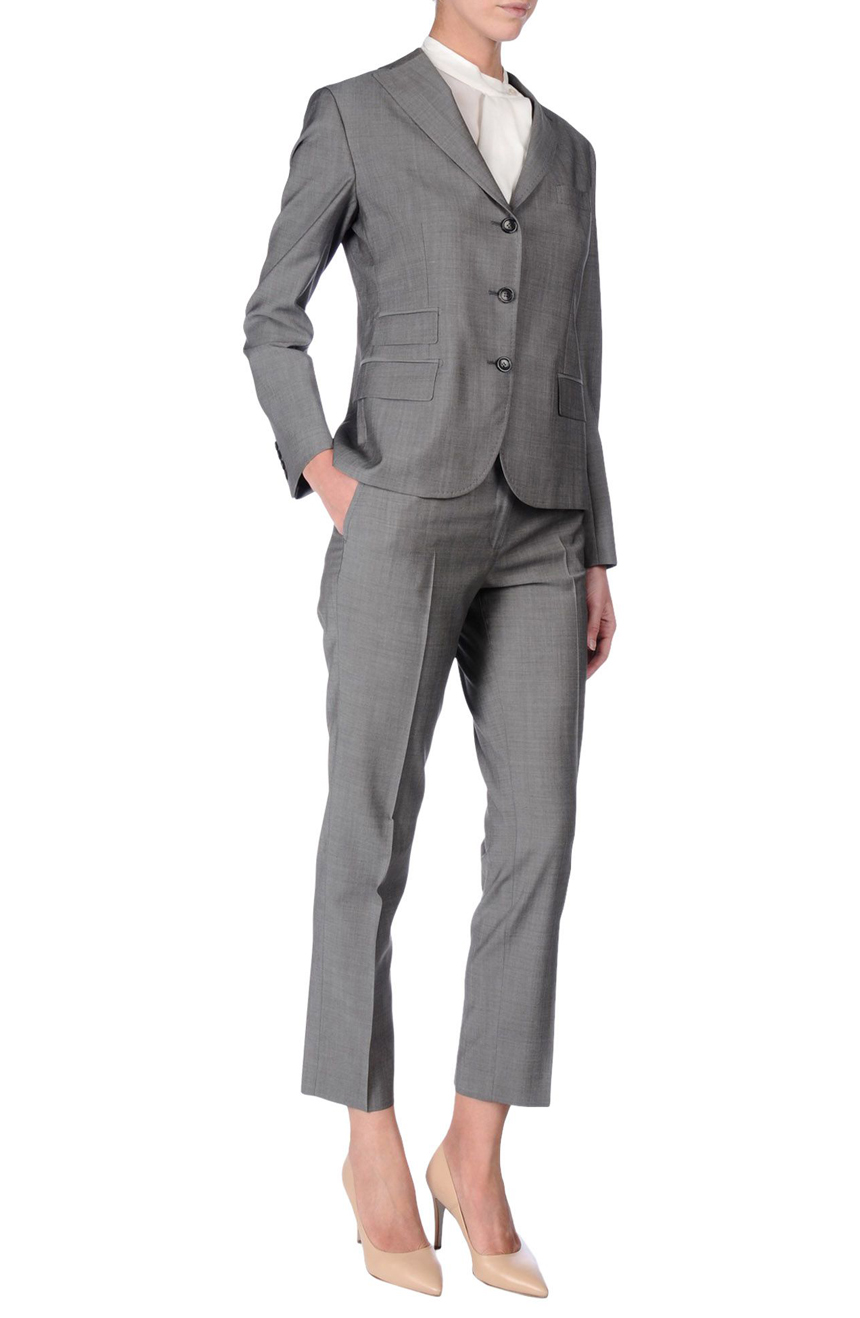Tailor Perth: Experience the Finest Custom Tailoring in Perth
Tailor Perth: Experience the Finest Custom Tailoring in Perth
Blog Article
Comprehending the Tailoring Refine: From Fabric Selection to Final Suitable for the Perfect Wardrobe
The customizing process is a complicated interplay of art and science, starting with the crucial choice of material option and culminating in the accurate changes of last fittings. Each material type brings unique top qualities that affect not just the aesthetic charm yet likewise the garment's durability and suitability for various celebrations.
Value of Material Selection
Choosing the appropriate material is important in the tailoring process, as it directly influences the convenience, toughness, and general aesthetic of the last garment. The choice of fabric establishes the foundation for the garment's performance, capability, and design. Various fabrics have special residential properties, such as breathability, stretch, and weight, which can considerably affect exactly how the garment drapes and fits the body.

A customized item made from a suitable fabric not only showcases craftsmanship but also boosts the user's self-confidence. Consequently, comprehending the subtleties of material option is paramount for any tailoring venture. It guarantees that the end product not only satisfies the aesthetic desires of the client however likewise lines up with practical demands, thus accomplishing a harmonious balance between form and feature in the customized wardrobe.
Kinds Of Fabrics and Their Uses
Comprehending the different sorts of materials readily available is crucial for making educated choices throughout the tailoring process. Each fabric possesses distinct qualities that dictate its viability for certain garments and celebrations.
Its flexibility allows it to be customized into whatever from t-shirts to outfits. Its all-natural elasticity assists garments maintain form over time.
Silk exudes high-end and is lightweight, making it ideal for eveningwear and delicate shirts; however, it needs mindful handling because of its fragility. Bed linen, with its textured coating, is a popular selection for cozy climates, giving a crisp and airy feeling, but it wrinkles conveniently, which might impact the garment's look.
Synthetic textiles, such as polyester and nylon, offer longevity and resistance to wrinkles, making them suitable for daily wear and active apparel. Recognizing these fabric kinds and their residential or commercial properties enables for far better decision-making, guaranteeing that each customized piece not only fits well yet also lines up with the desired function and occasion.
The Tailoring Methods Discussed
The art of customizing relies upon a variety of methods that change fabric into well-fitted garments. Central to this procedure is pattern composing, where a tailor creates design templates based upon the client's dimensions and preferred design. This first action ensures that the garment will fit the user effectively prior to any cutting takes place.
When patterns are developed, reducing strategies come right into play. Accuracy is vital as errors can lead to misfitting garments. Tailors commonly use different reducing approaches, such as single-layer cutting for complex designs and multiple-layer reducing for effectiveness on typical patterns.
Basting is one more crucial technique, allowing tailors more info here to briefly stitch material assemble for a preliminary fitting (tailor tuxedos perth). This technique uses the chance to analyze the drape and general shape before last stitching
Seaming methods, consisting of flat-felled seams and French seams, improve the garment's longevity and aesthetic appeal. Tailors likewise use strategies such as interfacing and extra padding to give framework and form to details areas, like collars and shoulders.
Lastly, ending up techniques, consisting of hemming and edge ending up, guarantee the garment's durability while giving a sleek appearance. With each other, these methods create the foundation of reliable tailoring, resulting in splendid, tailor-made apparel.

Suitable Changes and Factors To Consider
After the initial customizing techniques have actually been applied and the try here garment is built, suitable modifications end up being critical to attaining the excellent fit. These changes address various aspects of the garment, ensuring it contours to the user's body shape and enhances overall appearance.

The rise of pants is another essential element; it should rest easily over the hips without causing discomfort, permitting convenience of activity. Hemming sizes for both pants and skirts ought to reflect the wearer's recommended design while appreciating proportions.
Furthermore, attention should be offered to the rear of the garment, making sure that there are no unattractive pulls or excess fabric - bespoke tailor perth. Each modification ought to be meticulously taken into consideration, as also minor alterations can dramatically affect the overall fit and visual of the customized item, eventually resulting in a closet that emanates self-confidence and sophistication
Maintaining Your Tailored Garments
Constantly follow the care tag instructions, which may advise dry cleansing for delicate materials or equipment washing for even more long lasting products. Avoid constant laundering, as this can wear down the material and modify the garment's shape.
Storage is just as important; use cushioned hangers for jackets and layers to keep shoulder structure, and shop pants folded neatly or hung to protect against creasing. Protect garments from direct sunshine, which can discolor colors and damage fibers.
Additionally, regular assessments for small fixings can protect against bigger concerns. Check for loose buttons, fraying seams, or indications of moth damages, addressing these troubles promptly to keep the garment's stability.
Last but not least, take into consideration seasonal turning. Using tailored items in moderation allows fabrics to recoup, extending their lifespan. By implementing these maintenance strategies, you can ensure that your customized garments stay as beautiful as the day you initially wore them, enhancing your ideal closet for several years to come.
Conclusion
The tailoring procedure, encompassing textile selection, knowledgeable methods, and precise suitable adjustments, plays a vital role in developing garments that enhance both convenience and style. Understanding the relevance of maintenance visit this site prolongs the life of tailored garments, solidifying their worth in a well-curated closet.
Report this page